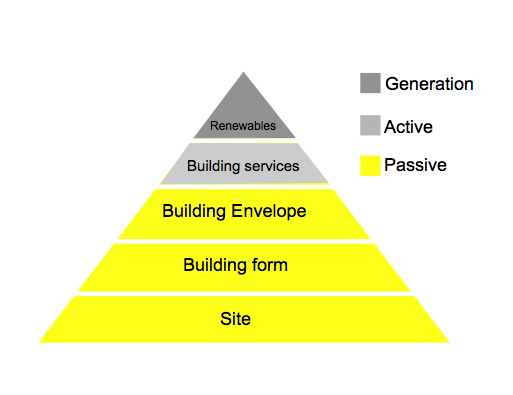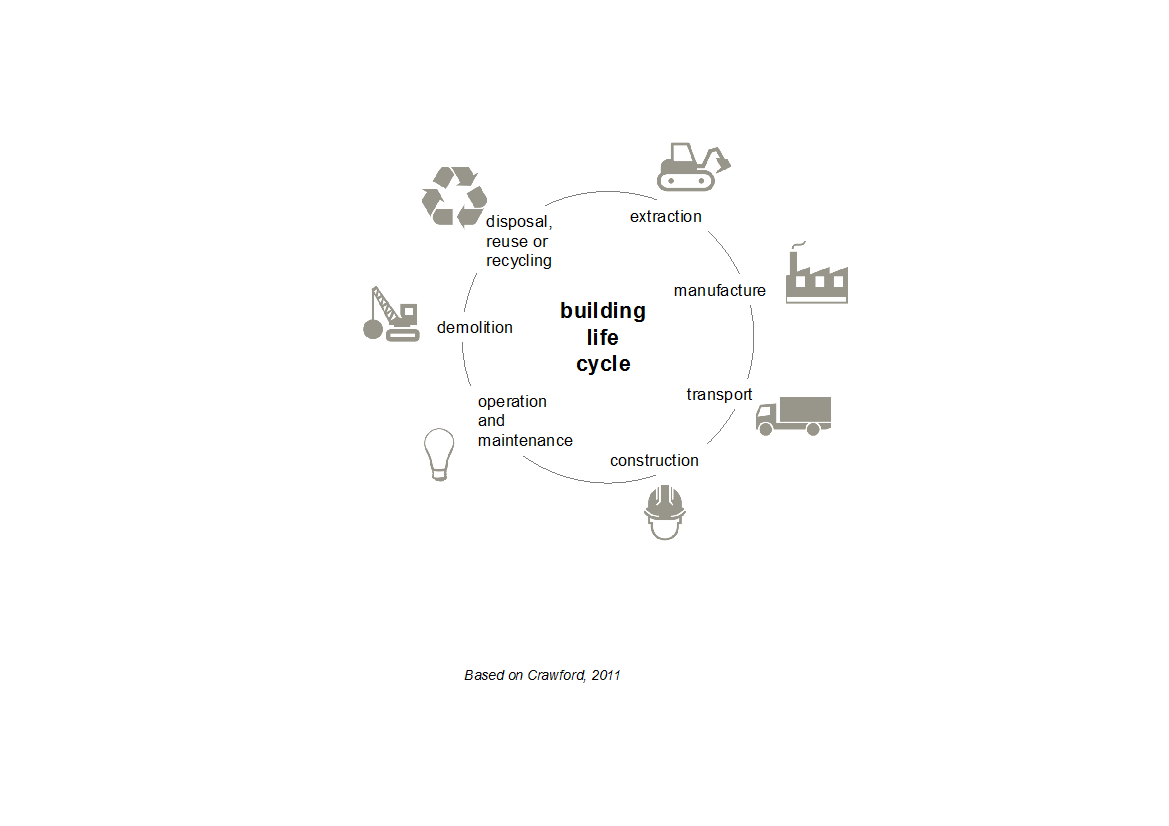The integrated optimisation of the environmental and financial performance of buildings
By Monique Fouche
Buildings consume a significant amount of energy over its life cycle.
Buildings consume a significant amount of energy over its life cycle.
Although strategies based upon participation and self-help action may offer significant benefits, these delivery approaches are difficult to scale up and thus offer a feasible alternative to mass housing. There might be many reasons for this, but one is readily evident: mass production simplifies design and development, thus a more efficient housing delivery system. This thesis acknowledges the challenge and explores mass personalisation as an alternative approach to reconciling quality and quantity within the constraints of current social housing regulation and mainstream production systems.
Let’s work towards creating a low carbon environment
From the energy related to the extraction, manufacture and transportation of raw materials (known as embodied energy) to the energy required to heat and cool a building (known as operational energy). This energy use results in the release of a substantial amount of greenhouse gas (GHG) into the atmosphere, which is noted as one of the major contributors to climate change (IPCC, 2014). Thus there is an urgent need to implement mitigation strategies to help decrease a buildings energy use and thus GHG emissions. This growing awareness of a buildings energy and GHG performance has forced the building sector to start focusing on how buildings are designed, built and operated.
Assessing a buildings’ environmental performance has become an increasingly popular method within industry to firstly determine a buildings expected energy consumption and GHG emissions and secondly to help identify possible mitigation measures. These mitigation measures often follow the energy hierarchy, which place emphasis on using passive design strategies (PDS) first and then active or renewable strategies to decrease a buildings energy use. PDS focus on improving a buildings fabric through measures such as insulation, improved glazing and thermal mass, and other passive measures such as orientation and building form. However these PDS primarily focus on improving the operational performance of a building, leaving the embodied performance largely ignored. These embodied emissions have been estimated to represent between 10% (Ibn-Mohammed et al., 2013) to 70% (ASBP, 2014) of a building’s total life cycle emissions. In addition these mitigation measures are often resource and energy intensive to manufacture and implement on site and can actually lead to an increase in a building’s life cycle emissions (Dixit et al., 2010). Even though studies including both the operational and embodied performance of PDS, such as insulation (Yu et al., 2009, Tettey et al., 2014, Özkan and Onan, 2011), has increased, there is still little understanding of the true life cycle impacts and unanswered questions, such as, what is the optimal level of insulation or glazing so as to achieve a balance between both the operational and embodied GHG performance?
As operational emissions continue to decrease, with more stringent regulations targeting buildings operational energy efficiency, embodied emissions will start to represent a larger percentage of the overall life cycle GHG emissions of buildings (Crawford, 2011). Thus there is an urgent need to ensure that the assessment of and improvement to a building’s energy and GHG performance is done on a life cycle basis.
Life cycle assessment (LCA) provides a method for evaluating the environmental impacts of products holistically, including direct and supply chain impacts (Lenzen et al., 2004). LCA provides the necessary framework to evaluate building’s relevant inputs (such as energy and raw materials) in relation to its outputs (such as GHG emissions).

There are no mandatory measures in place enforcing a LCA for a project, however there are a range of voluntary measures available. Environmental ratings schemes such as though Green Star, LEED and BREEAM now include points for a LCA as part of their credit system. There has also been an increase in LCA tools, such as SimaPro (SimaPro, 2016) and GaBi (Thinkstep, 2016). However the same issues that plague LCA, such as inconsistent methodology; incomparable data; differing system boundaries, time and data intensive, also plague these tools (Dixit et al., 2011, Crawford, 2011, Ariyarante and Moncaster, 2014, De Wolf et al., 2014, UKGBC, 2014). For buildings there is also a trend to carry out a LCA towards the end of the design phase, thus making it harder to influence design decisions (Zuo et al., 2012). These barriers, along with lack of government policy and lack of standardisation, have been well documented in the literature (Dixit et al., 2013, Farhan et al., 2014, la Roche and Campanella, 2010, Menzies et al., 2007). Another barrier that has not been as widely explored in the literature yet, that is affecting the uptake of a life cycle approach in building design decision making, is the uncertainty around financial cost. Building owners and project developers are often unsure of the financial implications of including both operational and embodied emission reduction strategies into their project and design team members do not typically have sufficient knowledge or appropriate tools to address their cost concerns. Building design decisions are commonly based on construction cost (Langston and Langston, 2008) Financial cost plays a large role especially when it comes to low carbon construction with the consideration of ‘green’ designs always prefaced with the question ‘How much more will this cost?’ (Jackson, 2008).

The aim of this research is to optimise a buildings life cycle GHG performance and then to determine the life cycle cost of this optimisation. This research will not only contribute insight into the relationship between life cycle analysis and life cycle cost, but also the relationship between operational and embodied energy and greenhouse gas emissions.